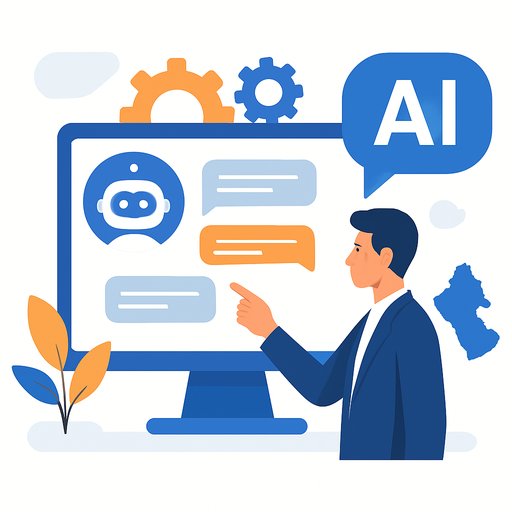CX quality is improving - but AI customer support isn't the cause
Customer experience metrics are rising across the board, but AI isn't the driver in support. According to the Qualtrics XM Institute, a survey of 20,000 consumers in 14 countries showed gains of roughly three points year over year: 79% satisfaction, 76% likelihood to trust, 72% likelihood to recommend and 70% likelihood to purchase more.
The lift is coming from better operations and consistent delivery, not bots. Nearly 1 in 5 consumers said AI support provided no benefit, and half worry AI will block access to a human.
Where the gains are showing up
Improvements are strongest in markets where switching is easy, like fast food and online retail, and slower in harder-to-switch utilities. As Isabelle Zdatny of the Qualtrics XM Institute noted, competitive pressure forces consistency - miss a beat and customers move their spend to the next option.
That pressure rewards predictable, friction-light service: faster queues, clear policies, accurate answers, and clean handoffs between channels.
AI support is still a weak link
The concern isn't AI itself - it's how it's deployed. When companies treat support as a cost sink and push customers into bots to deflect contacts, experience suffers.
Many teams shipped chatbots too fast. They fed models out-of-date policy docs and messy knowledge bases, so answers were wrong or contradictory - "pulling data from 2001" with no way to tell what's current. That's how you burn trust.
What support leaders should do next
- Start with problem selection: automate simple, high-volume, low-risk intents; route complex or high-stakes issues to humans by default.
- Give a clear human escape hatch within 2-3 turns. Offer live chat, call-back, or email handoff with context preserved.
- Clean the knowledge base before you connect it. Remove stale policies, add versioning, and tag effective dates so retrieval favors current content.
- Measure resolution, not deflection: Bot Resolution Rate, Recontact Rate, Transfer After Bot, and CSAT by channel and intent.
- Roll out in stages: shadow mode, limited cohorts, A/B prompts, and quality reviews of transcripts every week.
- Set guardrails: no free-form claims on policy, cite sources in responses, limit actions that touch accounts or money without human check.
- Build fail-safes: hallucination detection, profanity/PII filters, drift alerts, and a kill switch.
- Train agents and bot writers together. The best prompts come from the people who resolve issues daily.
- Respect preferences: if a customer asks for a person, honor it. Don't bury the option.
- Close the loop: tag failure reasons (policy mismatch, ambiguity, missing data) and fix root causes in content or flows.
Benchmarks to aim for
- Containment with satisfaction: sustained containment only counts if CSAT on bot-handled contacts is within 5 points of human-handled.
- Fast escalation: under three bot turns before offering a human; under two minutes to connect when selected.
- Accuracy: near-zero known policy errors; every policy answer cites source and last-updated date.
- Recontacts: below 10% within seven days for bot-handled issues.
The business case is simple
Half of bad experiences lead to reduced spend, per the report. Poor chatbot interactions don't just annoy customers - they drive churn and lower lifetime value.
Shift the goal from "deflect tickets" to "resolve issues faster, with less friction." That's how AI earns its place in the stack.
For further reading
See the Qualtrics XM Institute's research for full findings on trust, satisfaction, and spending links. Qualtrics XM Institute
Upskill your team
If you're building bot-enabled support, invest in practical training for agents, QA, and content owners. Explore role-focused programs here: Courses by job
Your membership also unlocks:





